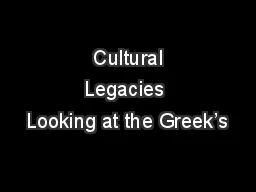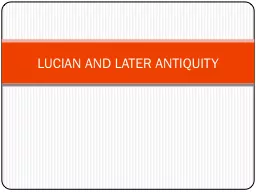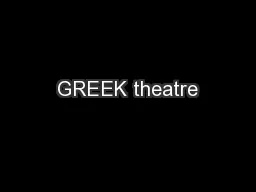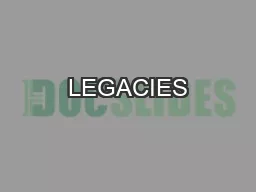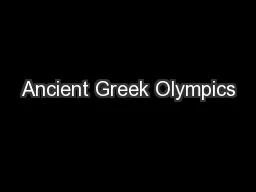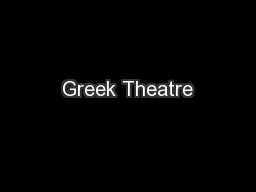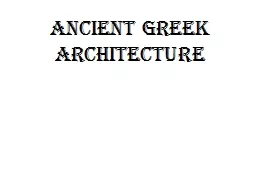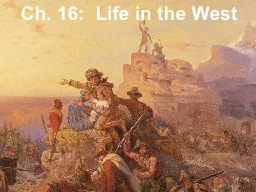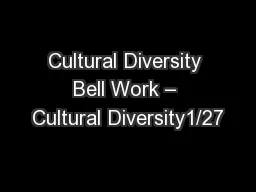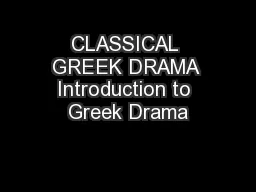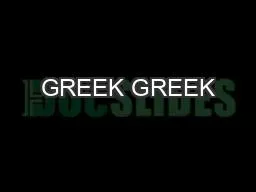PPT-Cultural Legacies Looking at the Greek’s
Author : trish-goza | Published Date : 2020-04-05
Enduring Impacts on Future Civilizations ART AND ARCHITECTURAL LEGACIES Does anyone know the name of this historic Greek temple Art and Architectural Legacies The
Presentation Embed Code
Download Presentation
Download Presentation The PPT/PDF document " Cultural Legacies Looking at the Greek�..." is the property of its rightful owner. Permission is granted to download and print the materials on this website for personal, non-commercial use only, and to display it on your personal computer provided you do not modify the materials and that you retain all copyright notices contained in the materials. By downloading content from our website, you accept the terms of this agreement.
Cultural Legacies Looking at the Greek’s: Transcript
Download Rules Of Document
" Cultural Legacies Looking at the Greek’s"The content belongs to its owner. You may download and print it for personal use, without modification, and keep all copyright notices. By downloading, you agree to these terms.
Related Documents

